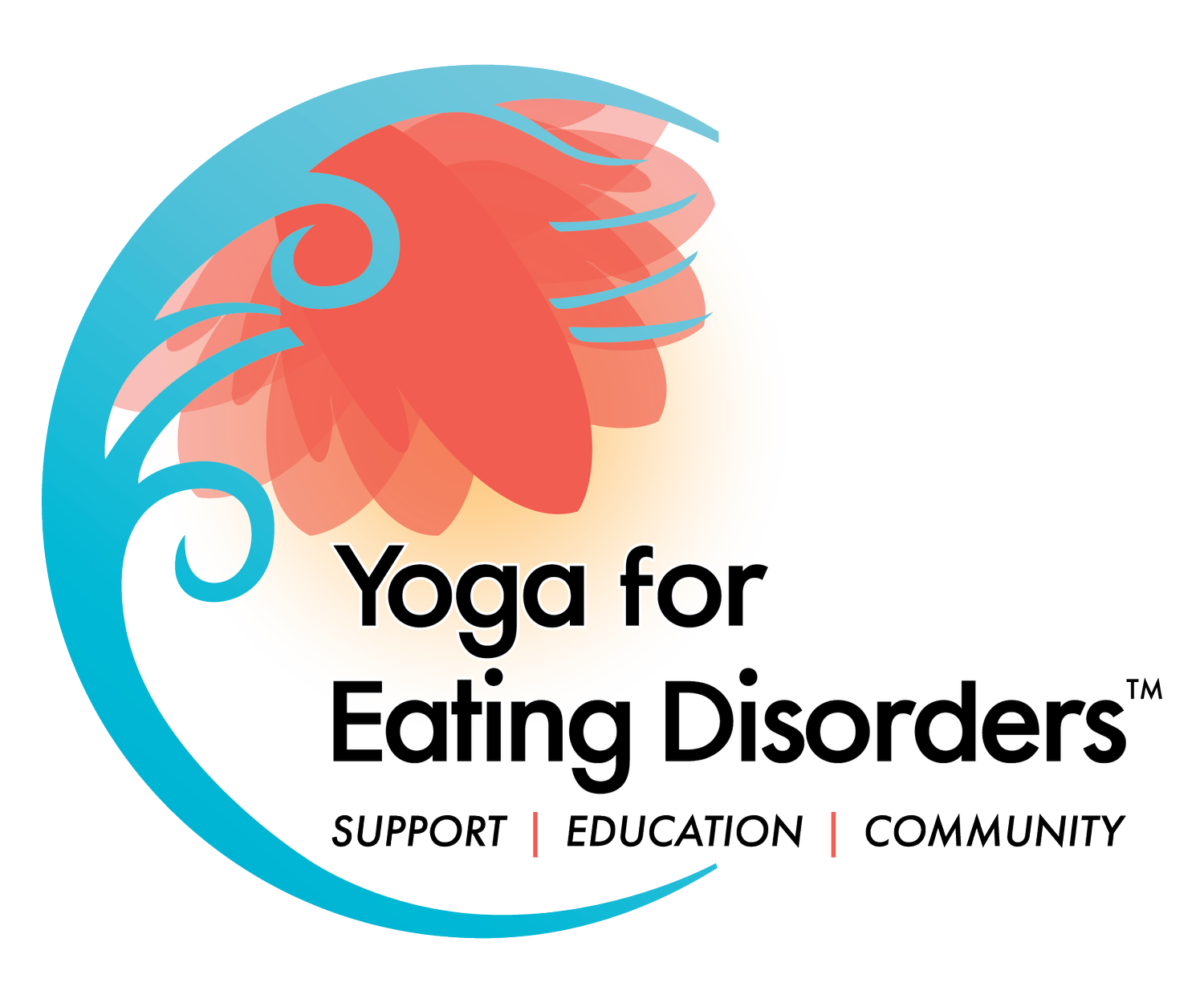Listen to Your Body
By Colleen Martell, PhD, Guest Contributor
You hear it in almost every yoga class: Listen to your body. The yoga teacher might expand with advice like, “If a pose feels unsafe, listen to your body and back out.” Or, “You know your own limits. You know what feels right and wrong. You know if you’re tired today or if you have energy to burn. You are your own guru.”
I was my own guru all the way to a hamstring injury. I felt great in my practice, but apparently I was overdoing it. On the other hand, I dove into arm balances well before my intuition felt ready for these challenging asanas because doing those poses gave me such confidence and joy. As a result, what seems like a relatively simple statement—listen to your body—now feels to me like perhaps the most advanced kind of yoga practice, because this practice of listening to one's body is not just straightforward listening. It’s a kind of holistic listening that encompasses mental, physical, and emotional status. It requires an ongoing commitment to honest self-reflection. It's pretty hard work, in other words.
Colleen playing with balance on Round Valley Resevoir, NJ. Photo by Melanie Smith.
I started taking public yoga classes during the first year of my doctoral studies. Yoga seemed like a good way to de-stress and center in a busy, intense time. I fell in love. Challenging classes most immediately appealed to me. I jumped right into vinyasa flow. The long aerobic sequences and encouragement to try new things—from arm balances to backbends—are so intellectually and physically busy in vinyasa that the practice helped quiet my mind. Linking all that movement with breath was soothing, and the practice was rigorous enough to get out all the kinks and tensions living in my muscles.
As my doctoral studies increased in intensity—PhD exams, dissertation writing, publishing, and job searching—the intensity of my practice also increased. I took more challenging classes, striving for handstand in the middle of the room and a picture-perfect ashtavakrasana. I liked savasana the least. I was too busy striving for things to lay still—a PhD, a full-time teaching job, a perfect drop back, and on and on. Both my body and my mind were saying “push!” Or more specifically, “just keep pushing and you’ll get there eventually!”
In 2014 I hit a wall. After five grueling years of searching for a full-time teaching job, I was drained. It was well past time to move onto something else, to find a different career path. And doing so required a big emotional overhaul. I had to grieve the loss of one dream and summon the imagination and creativity (and optimism!) to envision new directions.
I began craving quieter classes. High energy classes drained me. I was more refreshed from yin yoga and qi gong than from my usual vinyasa flow. I couldn’t understand it, and frankly I felt a little embarrassed. Weren’t good yogis supposed to want to move and stretch rather than sit still?
Although yin yoga is gaining popularity in the US, it remains less popular than yang styles of yoga, like vinyasa or hot yoga. Yang qualities include light, heat, activity, extroversion, movement, action, and rational thinking, while yin qualities include darkness, coolness, passivity, introversion, stillness, waiting, intuitive feeling, and quiet. We need both to be in balance, but as might be obvious from that list of qualities, we live in a society that tends to value yang over yin.
It’s not that vinyasa was or is bad for me, or that my striving was inherently problematic. Those classes were a moment in time, a period in my life. They represented a yang moment of extroverted seeking. Vinyasa wasn’t bad for my body, and with a regular yoga practice I was mindfully striving for my goals. I was working on my breath and my flexibility and on being grounded. But slowly, consistently, my body was saying: please stop reaching outward. I started to wonder, what am I reaching toward? And even worse, when I answered that question for the various areas of my life—a full-time teaching job, perfectly flexible hips—I suddenly couldn’t help but ask why?
Yin yoga helped me do something I desperately needed to do—look inward. It offered me a sustained and rich experience of looking inward, much deeper than the breath work or meditations mixed in with a yang yoga class ever did. I was worn thin from reaching outward, and no amount of rational thinking was going to get me through that uncertain time.
I needed to get back in touch with my intuitive self, to get comfortable in the waiting, and to recognize the wealth of inner resources that I already had. I learned to stop mistaking passivity for weakness. On the contrary, this inner work empowered me to be brave about big life changes.
These days when a yoga teacher says “listen to your body,” I reflect on balance: Have I been nourishing my inner quiet self as much as my outer active self? Of course, I’ll probably fall out of balance again. That feels like a consequence of being alive. Catching ourselves before we get imbalanced is an ongoing practice. In order to sense when it’s time for more yin or more yang, we need to become expert listeners to our own energetic needs.
About Colleen
Colleen is a freelance writer and editor, a part-time associate literary agent, and a sometimes college professor based in Bethlehem, PA. She's pretty sure dragon pose (a yin asana) will give the best "yoga high" of your life. Find her on twitter @elsiematz.


